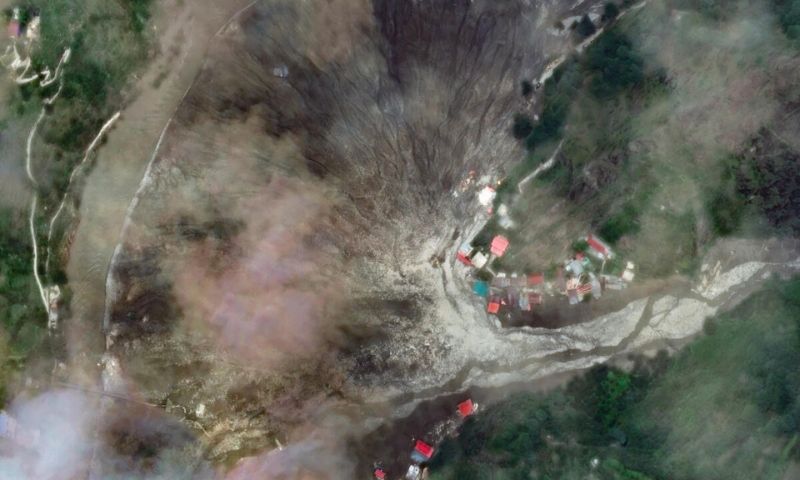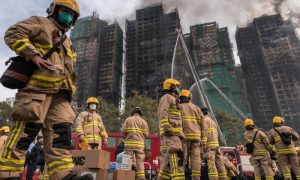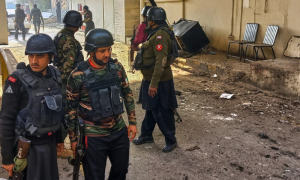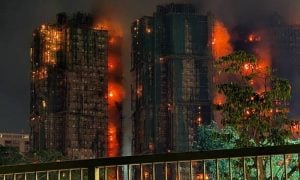Key points
- Nine soldiers are also missing
- Rescue efforts hampered by wreckage and damaged infrastructure
- Climate change and poor development worsen disaster risks
- Melting glaciers and softening permafrost increase landslide chances
NEW DELHI, India: Indian officials say at least 68 people are unaccounted for a week after a deadly wall of icy water swept away a Himalayan town and buried it in mud.
On top of four people reported to have been killed, it takes the likely overall toll of the August 5 disaster to more than 70 dead.
Videos broadcast by survivors showed a terrifying surge of muddy water sweeping away multi-storey apartment blocks.
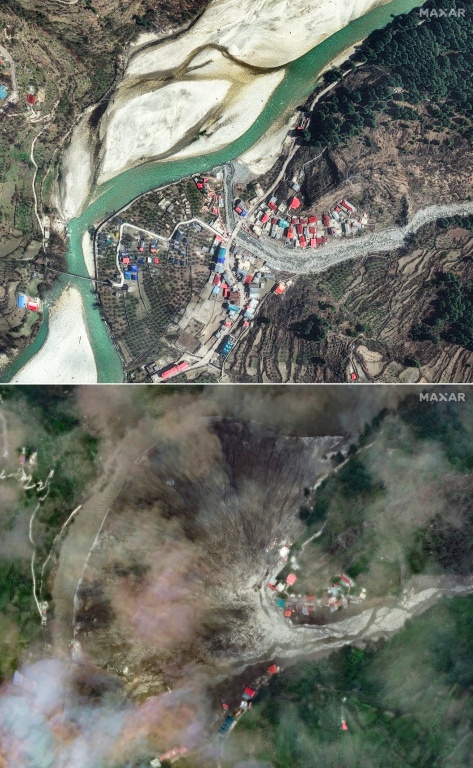
Disaster officials said Tuesday that they were searching for corpses in the wreckage of the tourist town of Dharali in Uttarakhand state.
Grim search
Gambhir Singh Chauhan, from the National Disaster Response Force, said sniffer dogs had identified several sites indicating there was a body but when “when digging started, water came out from below”.
Chauhan said teams were also using ground penetrating radar in the grim search.
More than 100 people were initially reported as missing.
But with roads swept away and mobile phone communications damaged, it has taken rescuers days to cross-check the list.
The local government now lists 68 people as missing, including 44 Indians and 22 Nepalis. Nine soldiers are on the list.
Poorly planned development
Deadly floods and landslides are common during the monsoon season from June to September, but experts say climate change, coupled with poorly planned development, is increasing their frequency and severity.
Climate change experts warned that the disaster was a “wake-up call” to the effects of global warming.
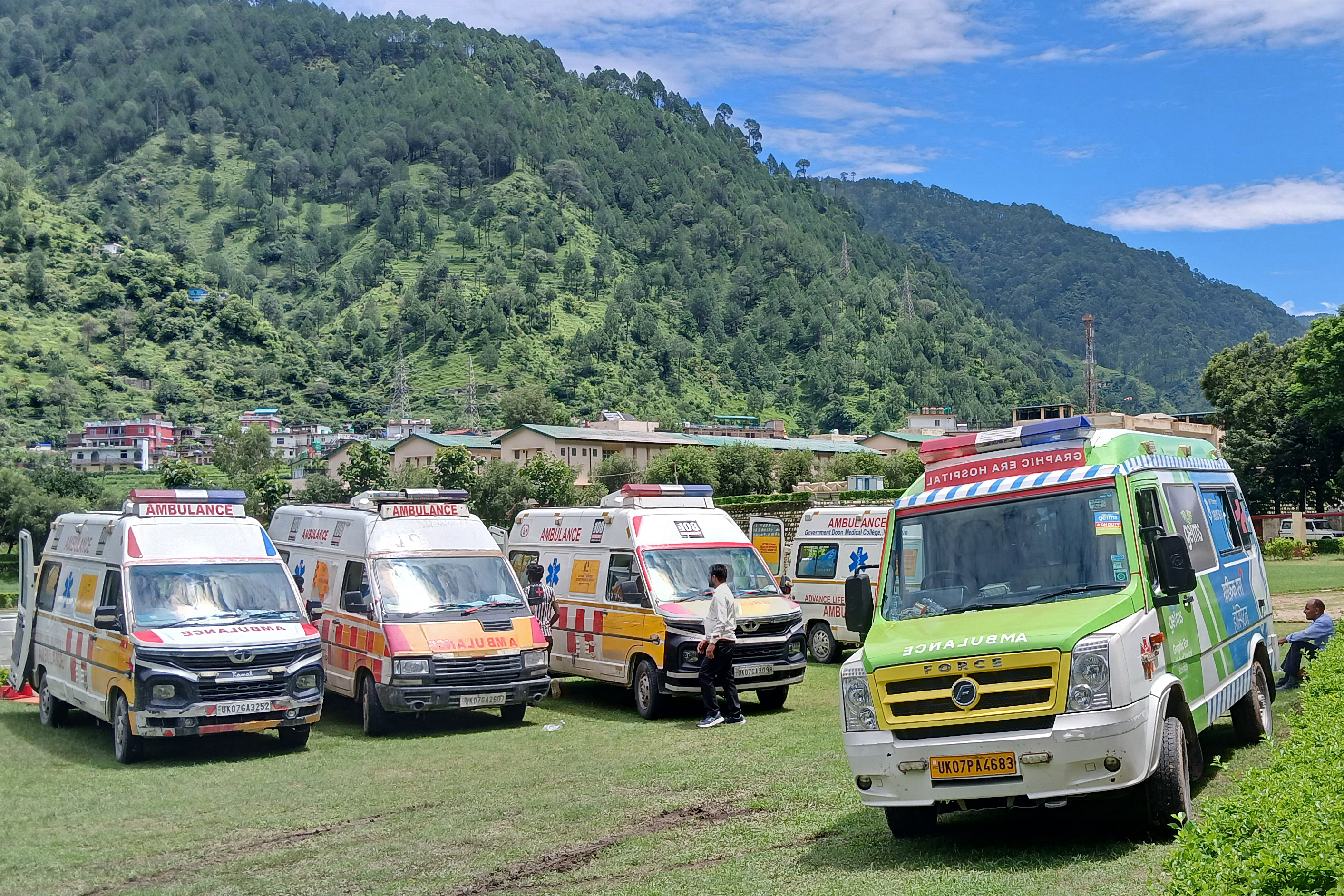
No official cause of the flood has been given, but scientists have said it was likely that intense rains triggered a collapse of debris from a rapidly melting glacier.
Softening of permafrost
Himalayan glaciers, which provide critical water to nearly two billion people, are melting faster than ever before due to climate change, exposing communities to unpredictable and costly disasters.
The softening of permafrost increases the chances of landslides.










